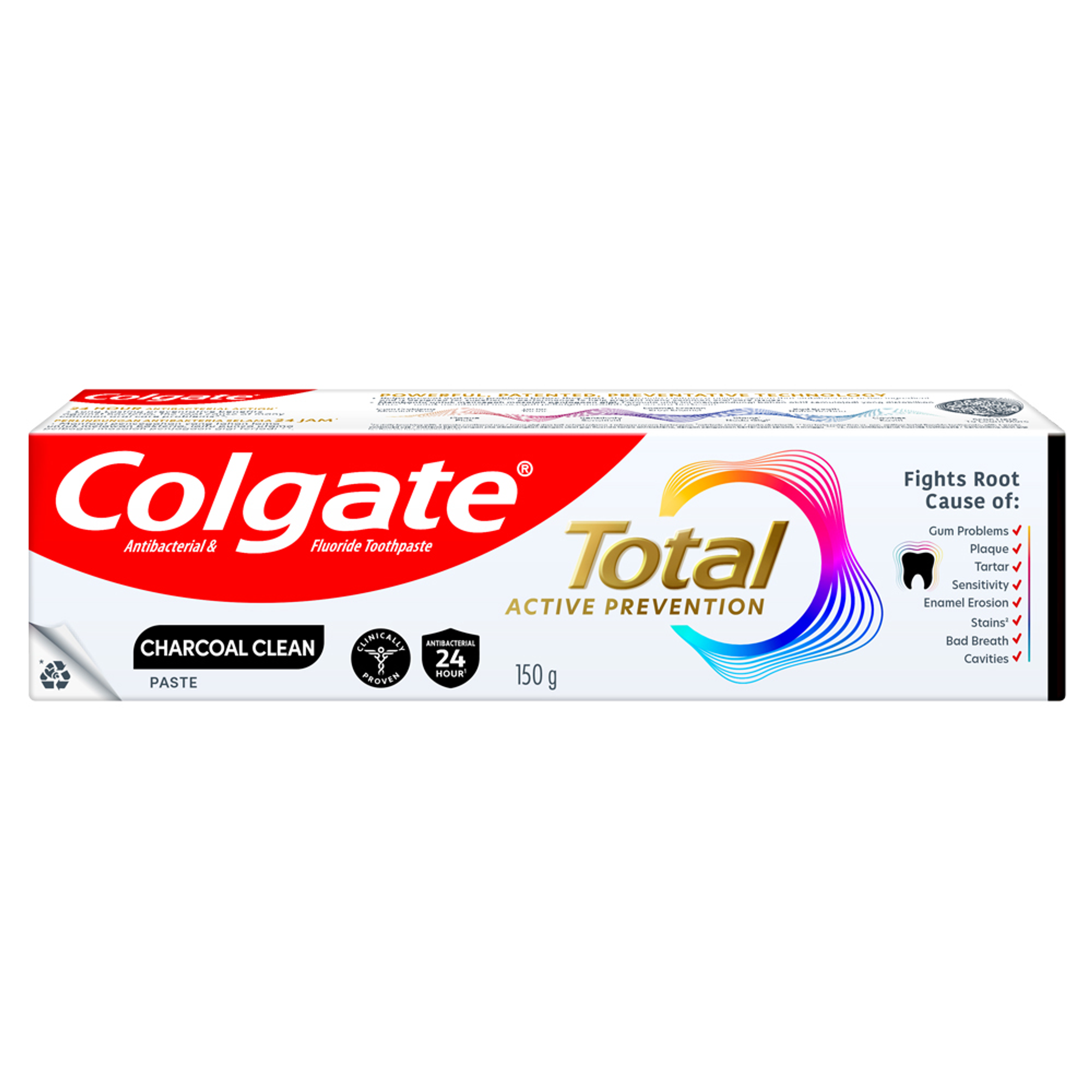What is Gum Disease?
Gum disease, or periodontal disease, is an infection of the gum tissues that surround and support the teeth. It is primarily caused by plaque—a sticky film of bacteria—that builds up on the teeth and gums. If not removed, the buildup of plaque can harden into tartar, leading to irritation, inflammation, and, eventually, damage to the gums and surrounding structures.
Gum disease can range from mild irritation of the gums to more severe infections that result in tooth loss. Understanding the risk factors and their connection to other health problems makes early detection crucial for effective treatment.
What Causes Gum Disease?
The primary gum disease causes include poor oral hygiene, smoking, hormonal changes, certain illnesses (like diabetes), medications that reduce saliva flow, and genetic predisposition. When plaque is not effectively removed, it can cause the gums to become inflamed and infected, which are early signs of gum disease.
How Do I Know If I Have Gum Disease?
Gum disease often begins with subtle symptoms that are easy to overlook. Common signs include:
Red, swollen, puffy or tender gums
Bleeding gums, especially after brushing or flossing
Persistent bad breath or a bad taste in the mouth
Receding gums or longer-looking teeth
Loose teeth or changes in bite alignment
Gums that have separated, or pulled away, from your teeth, creating a pocket
If you notice any of these signs, consult a dentist promptly for a professional evaluation.
Stages of Gum Disease
Understanding the stages of gum disease is essential for early detection and treatment. So, what are the stages of periodontal disease? There are four key stages, each progressively more severe.
Gingivitis
Gingivitis is the earliest stage 1 gum disease and is characterised by mild inflammation of the gums. It occurs due to plaque buildup around the gumline. Symptoms include red, swollen gums that may bleed during brushing or flossing. At this stage, gum disease is still reversible with good oral hygiene and professional cleaning.
Early Periodontitis
In early periodontitis, the infection starts affecting the bone that supports your teeth. Symptoms may include increased gum inflammation and pockets forming between the teeth and gums. This is sometimes referred to as stage 1 periodontal disease, and while it is manageable, it requires prompt professional treatment to prevent further damage.
Moderate Periodontitis
Moderate periodontitis is a more advanced stage of gum disease where the infection damages the bone and tissues supporting the teeth. Symptoms may include bleeding, receding gums, and moderate bone loss. At this stage, periodontal disease can lead to loose teeth and changes in how your teeth fit together. Treatment involves scaling and root planing to remove plaque and tartar from below the gumline.
Advanced Periodontitis
Advanced periodontitis is the most severe form of gum disease. At this stage, significant damage to the bone and tissues has occurred, leading to deep gum pockets, severe tooth mobility, and possible tooth loss. Symptoms often include pus between the teeth and gums, persistent bad breath, and significant pain while chewing. Managing periodontal disease at this stage often involves surgical intervention.
Treatment Options for Gum Disease
If you are wondering how to treat gum disease, the options vary depending on the stage. Early intervention can significantly improve outcomes.
Professional Cleaning: For mild cases like gingivitis, a dental cleaning can remove plaque and tartar buildup.
Scaling and Root Planing: For more advanced stages, this deep-cleaning procedure removes bacteria and smoothens root surfaces.
Medication: Antibiotics or antiseptic mouthwashes can help control bacterial infections.
Surgery: For severe cases, surgical procedures such as flap surgery or bone grafts may be necessary.
So, how do you cure gum disease? While advanced stages of gum disease may not be completely reversible, early detection and treatment can halt its progression.
Prevention of Gum Disease
Effective prevention is the most important way to prevent gum disease. If you are thinking of how to prevent gum disease, follow these tips:
Brush and Floss Daily: Proper oral hygiene is key to keeping plaque at bay.
Regular Dental Checkups: Professional cleanings and checkups can catch early signs of gum disease.
Quit Smoking: Smoking weakens your gums’ ability to fight infection.
Balanced Diet: A diet rich in vitamins and minerals supports gum health.
By maintaining good oral hygiene and adopting healthy habits, you can effectively prevent gum disease and ensure long-term oral health.
By understanding the stages of gum disease, its causes, and treatment options, you can take proactive steps to maintain healthy gums. To protect your gums and learn how to avoid gum disease, prioritise regular dental visits, maintain a healthy lifestyle, and seek professional healthcare to address any early signs promptly.
Frequently Asked Questions
1. Can gum disease be treated at home?
Mild cases of gum disease, like gingivitis, can often be managed with improved oral hygiene and dental care, including brushing, flossing, and using an antiseptic mouthwash. However, advanced stages require professional care.
2. What is the best way to treat gum disease?
The best treatment depends on the stage. For early gum disease, professional cleaning and good oral hygiene are sufficient. For advanced stages, treatments like scaling, root planing, or surgery may be needed.
3. What is the first sign of gum disease?
The first sign is often red, swollen, or bleeding gums, especially during brushing or flossing. You may also notice persistent bad breath or increased sensitivity in your gums as early indicators.
4. Is gum disease painful?
In its early stages, gum disease may not be painful. However, as it progresses, it can cause discomfort, tenderness, and pain, especially while eating or brushing.
5. How to cure gum disease without a dentist?
While improved oral hygiene can manage mild gum disease, professional treatment is essential for advanced stages. Consult a dentist for an accurate diagnosis and tailored treatment plan.














